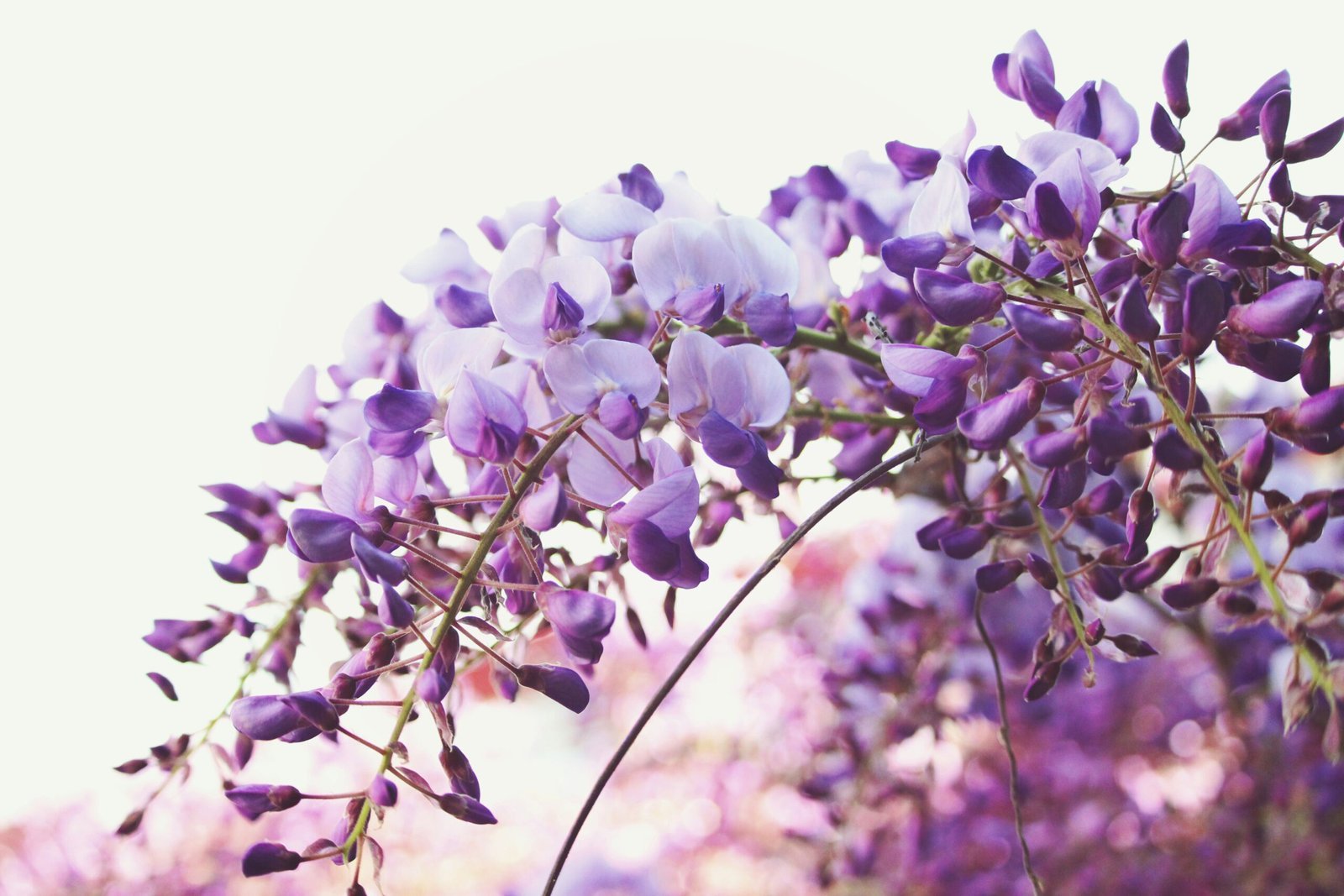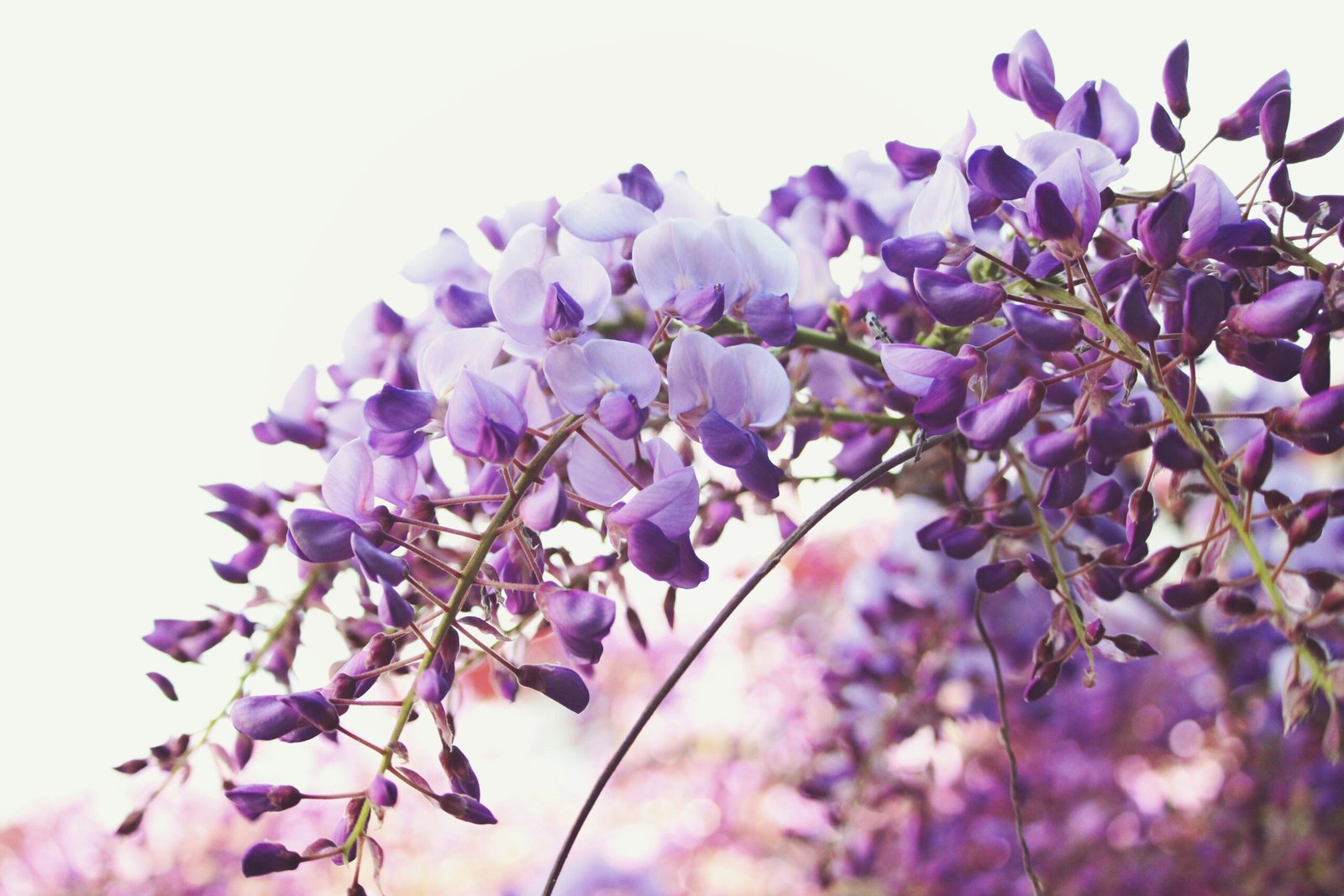
Introduction to Kashan’s Gardens
Kashan, a city located in the heart of Iran, is renowned for its remarkable traditional Persian gardens, which represent an enduring legacy of the region’s rich cultural heritage. These gardens are not merely aesthetic spaces, but rather they embody the principles of Persian philosophy, highlighting the intricate relationship between nature and humanity. The gardens of Kashan are characterized by their meticulous designs, blending natural beauty with elements of architecture, a concept deeply rooted in the Persian cultural landscape.
The significance of gardens in Iranian culture cannot be overstated. Historically, the Persian garden was conceived as a symbol of paradise, a space where the boundaries between the natural and built environment blur. They served not only as places for relaxation and reflection, but also as sanctuaries that promote peace and tranquility amidst the often harsh climatic conditions of the region. These gardens are designed with careful consideration of water, vegetation, and layout, often incorporating elements such as pools, fountains, and geometric patterns that mirror the celestial order of the universe.
Kashan’s gardens, in particular, showcase the distinctive features of Persian gardening techniques, such as the use of high walls to create microclimates and the strategic placement of shade trees to enhance comfort. The most notable gardens in this city include the Fin Garden, which is recognized as a UNESCO World Heritage site, celebrated for its historical significance and pristine beauty. Visitors to Kashan are greeted by the enchanting scents of various flora, alongside the soothing sounds of flowing water, making these gardens a quintessential experience of Persian culture. The city’s gardens thus serve as a microcosm of Iranian heritage, inviting exploration and appreciation of their historical and cultural importance as we delve deeper into their unique attributes.
The Historical Significance of Persian Gardens
The historical significance of Persian gardens is deeply rooted in the cultural, political, and artistic developments of ancient Persia. These gardens, known for their intricate layouts and lush landscapes, date back to the Achaemenid Empire (c. 550–330 BCE). They were often designed to represent an earthly paradise, a concept derived from the word ‘pairidaeza,’ meaning ‘walled enclosure’ in Old Persian. This notion symbolized the ideal fusion of nature and architecture, creating sanctuaries where human beings could temporarily escape the hardships of the external world.
Throughout various dynasties, including the Sassanian (224–651 CE) and Safavid (1501–1736 CE), Persian gardens were meticulously crafted to reflect the aesthetics and values of their era. Under the Safavid dynasty, garden design flourished, leading to the creation of some of the most celebrated gardens, such as the Bagh-e Fin in Kashan. These gardens served not only as leisure spaces but also as venues for social gatherings, formal meetings, and cultural events, thereby reinforcing their communal significance.
Moreover, Persian gardens have a remarkable connection to Persian poetry and art. Poets such as Hafez and Saadi drew inspiration from the beauty of gardens, often using them as metaphors for love, beauty, and the divine. The poetic imagery associated with these gardens contributed to their allure, inspiring many artists and architects to include garden motifs in their works. This cultural integration illustrates how Persian gardens acted as cradles for creative expression and served as key elements in the broader tapestry of Persian heritage. Their historical significance extends beyond mere aesthetics; they encapsulated the values of an entire civilization and continue to echo in contemporary garden design.
Architectural Features of Kashan’s Gardens
The architectural features of Kashan’s gardens are a testament to the rich heritage of Persian garden design, where every element is purposefully arranged to create an atmosphere of tranquility and reflection. The layout of these gardens typically follows a rectangular pattern, a format that draws the eye towards the central water feature. This design embodies the Persian philosophy of paradise on earth, where a harmonious environment is achieved through meticulous organization.
Water, regarded as a sacred element, plays a crucial role in these gardens. The presence of water bodies, such as fountains and canals, is not merely for aesthetic appeal; it serves a functional purpose by moderating temperature and providing a source of serenity. The sound of flowing water enhances the sensory experience, inviting visitors to pause and absorb the surrounding beauty. In many gardens, these water features are aligned with pathways that guide visitors through the space, allowing for a contemplative stroll that is characteristic of the Persian architectural tradition.
An essential aspect of Kashan’s gardens is the use of geometric patterns. These intricate designs are not only visually captivating but also symbolize order and harmony. The pathways, flower beds, and even the surrounding walls often incorporate symmetric arrangements, reflecting the balance that Persian aesthetics strives to achieve. Each turn and angle in the layout of the garden is thoughtfully calculated to create a seamless flow between natural and architectural elements. This deliberate emphasis on symmetry fosters a sense of unity and invites visitors to explore the gardens in a manner that mirrors the principles of Persian cosmology.
In summary, the architectural features of Kashan’s gardens illustrate the profound relationship between design and nature in Persian culture. The carefully considered layout, the integral water features, and the use of geometric patterns work synergistically to create spaces that are both beautiful and peaceful, embodying the essence of classical Persian garden philosophy.
Flora and Fauna: The Scent of Kashan
Kashan’s gardens are renowned for their exquisite diversity of plant life, which plays a pivotal role in creating an enchanting atmosphere. The unique climate of the region, characterized by hot summers and mild winters, allows a wide variety of flora to thrive. Among the most notable aromatic species are the roses, particularly the Persian rose (Rosa damascena), whose intoxicating scent permeates the air and symbolizes love and beauty in Persian culture. These roses bloom in vibrant colors, adding a visual feast to the already fragrant surroundings.
In addition to roses, the gardens are adorned with several trees, including tall cypress (Cupressus sempervirens) and pomegranate (Punica granatum), both of which contribute to the lush greenery. Cypress, with its towering presence, signifies eternal life and is often associated with Persian gardens. The pomegranate tree, bearing its luscious fruit, is a symbol of fertility and abundance, and its blossoms further enhance the visual appeal of these serene spaces.
Moreover, Kashan’s gardens feature a variety of shrubs and flowering plants, such as lavender (Lavandula) and jasmine (Jasminum), which fill the air with delightful fragrances. These plants not only enhance the sensory experience of visitors but also hold significant cultural meanings. For example, jasmine is often associated with purity and simplicity, reflecting timeless Persian values. The careful selection of flora in Kashan’s gardens showcases a deep understanding of nature and its role in creating a harmonious environment.
Ultimately, the diverse flora of Kashan contributes to its classical gardens, making each visit a sensory delight. This intricate balance of scent, color, and cultural significance underscores the importance of plants in Persian garden design, inviting guests to immerse themselves in a world of beauty and tranquility.
Notable Gardens to Visit in Kashan
Kashan is renowned for its exquisite gardens that exemplify the beauty and elegance of Persian classical horticulture. Among these, Bagh-e Fin holds a prominent place. Classified as one of the oldest surviving gardens in Iran, it is intricately designed with waterways, lush cypress trees, and inspiration from the traditional Persian garden layout. Visitors can enjoy the tranquil sounds of flowing water while taking in the architectural brilliance of the attached historical buildings, including the Fin Bathhouse, famously linked to the assassination of Amir Kabir. The best time to visit this garden is during spring, as the blossoms are at their most vibrant, unveiling the garden’s full splendor.
Another must-visit is the Bagh-e Keshmir, renowned for its unique design and serene atmosphere. This garden is characterized by its tranquil pools and fragrant plantings, which create an enchanting environment perfect for leisurely strolls. The intricate tile work and carefully arranged flower beds highlight the artistic heritage of Persian landscaping. For those interested in a more secluded experience, visiting during weekdays is recommended, as weekends tend to attract more crowds.
As visitors explore the gardens, they will also encounter the historic Sabzeh Meydan Garden, famous for its collection of indigenous plants. This garden not only provides a delightful escape but also offers educational insights into the local flora, making it particularly appealing for botany enthusiasts. Seasonal events often take place here, promoting traditional Persian culture and the unique environment of Kashan’s gardens.
In conclusion, Kashan’s gardens are more than just beautiful landscapes; they represent a rich heritage and showcase the intricate relationship between nature and architecture. Those planning to visit will find a wealth of experiences awaiting them, from vibrant floral displays to steeped cultural narratives that resonate through the pathways of these historic gardens.
Seasonal Changes: The Ever-Changing Beauty
The gardens of Kashan present a breathtaking display of transformation as the seasons transition. Spring, typically heralded as the most vibrant season, witnesses the blooming of countless flowers, filling the gardens with an exquisite array of colors and fragrances. Amidst the intricate pathways and water features, visitors are often greeted by an enthusiastic showcase of tulips, roses, and jasmine, which are emblematic of Persian gardens. As the warmer weather brings life back to the earth, cultural activities such as Nowruz, the Persian New Year, see families gathering in these lush spaces to celebrate renewal and the promise of a fruitful year ahead.
With the arrival of summer, the gardens undergo another metamorphosis. The days grow longer, and the heat intensifies, prompting the lush greenery to flourish. This vibrant environment becomes a haven for relaxation and social gatherings, exemplifying the Persian value of communal spaces. Throughout this season, the gardens are adorned with fruits, such as pomegranates and figs, inviting visitors to indulge in their sweetness. Traditional summer activities often include picnics, storytelling, and musical gatherings, fostering a sense of community and connection to nature.
As autumn descends, the gardens of Kashan take on a more subdued yet equally captivating beauty. The change in temperature causes leaves to transform into warm hues of orange, red, and gold, creating a picturesque landscape. Additionally, this season serves as a reminder of harvest times, with local festivities celebrating the abundance of crops. Visitors might encounter events highlighting the rich cultural heritage, including art exhibitions and musical performances set against the backdrop of the gardens’ natural splendor.
Finally, winter blankets the gardens, inviting introspection as the foliage recedes, leaving behind a serene landscape covered in frost or even an occasional snowfall. This quiet season offers a stark contrast to the earlier vibrant displays, allowing visitors to appreciate the gardens’ architecture and design. Reflective activities and seasonal celebrations enhance the experience, reminding visitors of the cyclical nature of life and beauty inherent in Kashan’s fragrant gardens.
Cultural Practices Linked to Kashan’s Gardens
Kashan’s gardens are not merely aesthetic attractions; they play a pivotal role in the cultural and social fabric of the region. These gardens serve as essential venues for celebrating significant traditions, enabling local communities to gather and engage in various activities that strengthen their cultural identity. A prime example is the Nowruz, or Persian New Year, which is celebrated with great enthusiasm across Iran. The gardens of Kashan become vibrant spaces during this period, filled with colorful decorations, traditional music, and communal feasts. Families visit these gardens to rejoice and exchange well-wishes, drawn together by the beauty of their surroundings and the spirit of renewal that Nowruz embodies.
Moreover, Kashan’s gardens often serve as stages for poetry readings and literature gatherings, reinforcing the city’s historical connection with Persian literature. Poets, writers, and enthusiasts converge to recite verses from renowned Persian poets such as Hafiz and Rumi, celebrating the profound impact of poetry on Persian culture. The serene atmosphere of the gardens amplifies the experience, allowing attendees to connect with both nature and the rich literary heritage of Iran.
Another cherished practice associated with the gardens is the tradition of picnicking. During weekends and festive occasions, families and friends come together in these lush spaces to enjoy meals, games, and leisurely conversations. This practice fosters a sense of community while allowing individuals to unwind amidst the natural beauty of Kashan’s gardens. Such gatherings underscore the significance of these gardens as social hubs where cultural values are both passed down and celebrated. Through these diverse cultural practices, Kashan’s gardens not only present an eloquent display of nature’s aesthetics but also encapsulate the essence of Persian identity and communal harmony.
The Role of Water in Persian Garden Design
Water is a fundamental element in the design and functionality of Persian gardens, particularly in the historically significant region of Kashan. In these gardens, water serves multiple purposes, extending beyond mere irrigation to encompass aesthetic enhancement and symbolic richness. The delicate interplay of water features within the lush greenery is tailored to create serene spaces that evoke a sense of paradise, aligning with the overarching themes of tranquility and beauty in Persian culture.
The integration of water channels, fountains, and pools in Iranian gardens exemplifies the sophisticated hydraulic engineering skills prevalent in ancient Persian society. These water features are meticulously designed to reflect the ideals of a controlled and idyllic environment, reminiscent of Edenic landscapes. Kashan’s gardens, characterized by their diverse use of water, often feature cascading streams, still pools, and intricate fountains, which not only facilitate irrigation but also contribute to the visual harmony of the space. The sound of flowing water, whether from a gentle stream or a vibrant fountain, creates a soothing backdrop, encouraging meditation and relaxation for visitors.
In Persian philosophy, water embodies life and regeneration, symbolizing purity and the sustenance of both nature and humanity. The presence of water in these gardens is crucial, as it fosters not just agricultural productivity but also spiritual well-being. The symbolic importance of water is accentuated in Kashan’s gardens, where compositions of greenery and reflections on still water create a harmonious atmosphere. This harmonious relationship between nature and artistry reflects the broader ideals of Persian culture, inviting visitors to engage in a contemplative and rejuvenating experience amidst these treasured landscapes.
Conclusion: The Legacy of Kashan’s Gardens
The gardens of Kashan represent a profound legacy within the realm of Persian classical architecture and landscape design. They are not merely beautiful spaces adorned with vibrant flowers and lush greenery; they embody the principles of harmony, serenity, and connection to nature that are central to Persian culture. These fragrant gardens have withstood the tests of time, preserving the wisdom of ancient horticultural practices while influencing contemporary gardening aesthetics both locally and globally.
Kashan’s gardens exemplify the art of creating harmonious outdoor spaces that encourage reflection and tranquility. The intricate design features, including the use of water, structural symmetry, and vibrant flora, have inspired modern landscape architects striving to balance nature and human habitation. The concept of incorporating water channels, known as *qanats*, alongside a wide array of plant species showcases an understanding of climate and ecology that continues to resonate with today’s eco-conscious gardening practices.
Furthermore, the appreciation of Kashan’s gardens transcends mere aesthetics; they serve as cultural symbols of hospitality and beauty. Their ongoing relevance in modern times highlights a collective desire for spaces that offer respite in an increasingly fast-paced world. As urban areas grow denser, many are turning back to the principles embodied in these gardens to create sanctuaries that reflect both historical significance and modern practicality. Exploring these fragrant oases is not just an invitation to experience natural beauty but also an opportunity to engage with an ancient culture that values tranquility and nature.
In conclusion, the legacy of Kashan’s gardens continues to influence how we approach gardening and landscape design. They stand as a testament to the harmonious relationship between humanity and nature, inviting exploration, inspiration, and appreciation for these remarkable creations. Visiting these historic gardens fosters a deeper understanding of their significance and encourages a reconnection with our natural environment.

